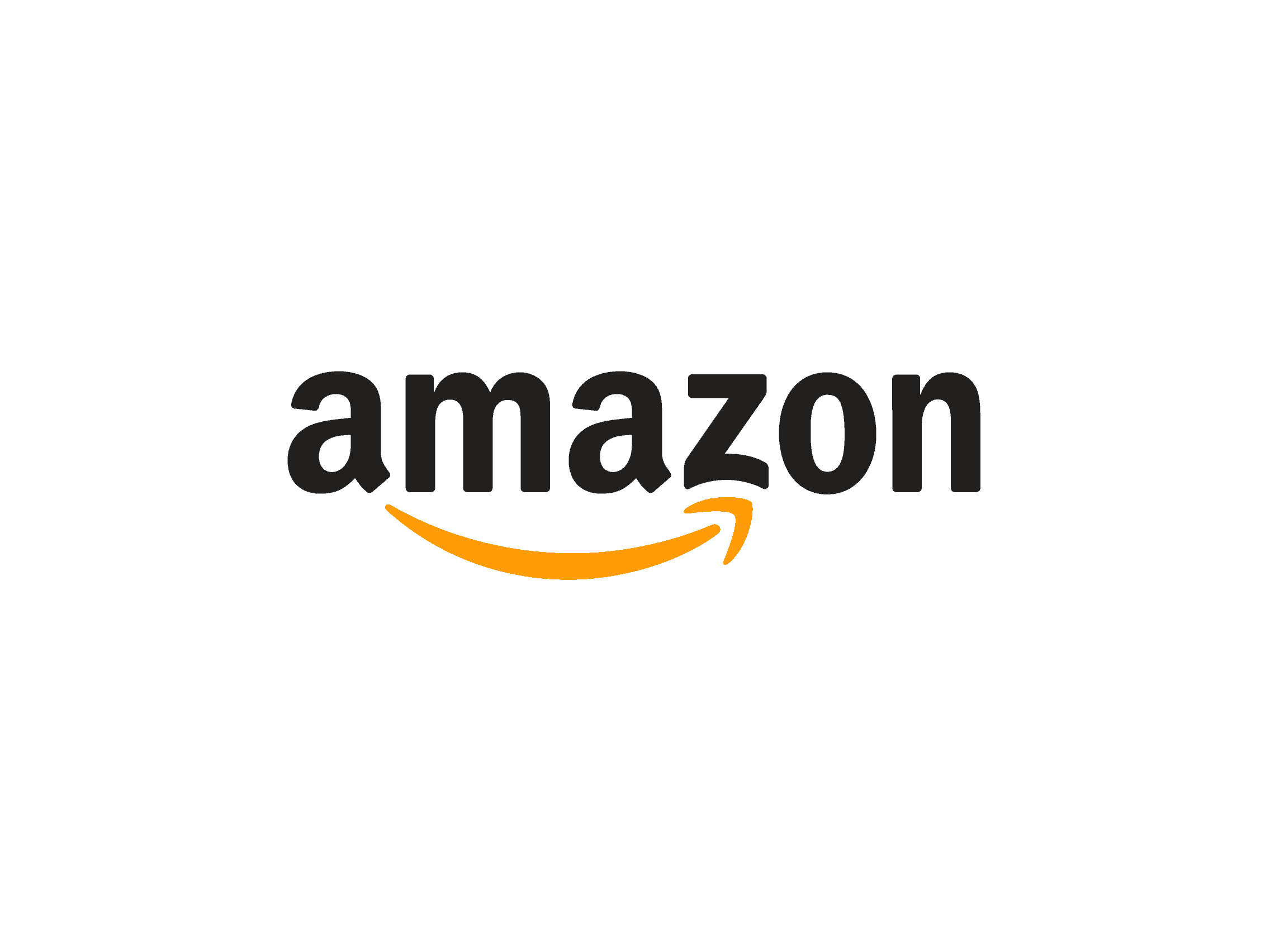
“If there’s one reason we have done better than of our peers in the internet space over the last six years, it is because we have focused like a laser on customer experience,” said Jeff Bezos, Amazon CEO.
Competing on customer experience is now the name of the game across all industries, and healthcare is no exception. In fact, due to the rising caliber of the experiences delivered by “customer obsessed” companies like Amazon, people are expecting the same caliber of digital experience when making healthcare decisions that they receive when ordering a book – or even groceries – through Amazon Prime. Because of the rise in healthcare consumerism, and the empowered patient, organizations must not only respond to high expectations, but proactively delight healthcare consumers with extraordinary experiences to stay ahead of the competition.
“Our customers are loyal to us right up until the second somebody offers them a better service,” said Bezos, which keeps the company in a constant state of consumer-driven innovation. What most healthcare organizations don’t realize, however, is when there’s a breakdown in the consumer experience, consumers are just as likely to switch providers as they are to switch hotels. Bottom line: Healthcare consumers have options, and they will leave for a better experience, so organizations can no longer afford to take patient loyalty for granted.
While healthcare has traditionally been slower to adopt consumer engagement technology, executives across hospitals and health systems are increasing realizing the need to deliver Amazon-like digital experiences. To acquire new patients, increase wallet-share, and deliver an exceptional experience that translates to loyalty, healthcare organizations must develop a strategy deeply grounded in consumer expectations – particularly focused on the user experience and personalization.
CREATING AN EXCEPTIONAL USER EXPERIENCE
User experience (UX) is a science; one that is critical to master in order to deliver a digital experience that is smooth, intuitive, simple, and consumer-driven. As the experts in this arena, Amazon employs over 200 UX researchers and designers to test new elements on their website on a daily basis. In fact, the company has been known to invest vast resources in understanding its users, such as how they engage and interact with its website and what elements are most effective. “Our job,” says Amazon CEO, Jeff Bezos, “is to invent new options that nobody’s ever thought of before and see if customers like them.”
Creating a phenomenal UX requires understanding the technology, the consumer, and the organization. However, most healthcare organizations do not have an in-house or outsourced UX expert. Further, many don’t have the capacity or capability to analyze the influx of healthcare data, review their web analytics, or run usability tests on their sites – all of which results in an organization blindly executing marketing campaigns without solid insight to into the healthcare consumer.
When it comes to UX, healthcare organization should keep functionality, value, and satisfaction top of mind, and focus on the technology and design that fits their organization’s brand personality. If organizations can’t find the money for research and testing elsewhere, they can try reallocating the thousands (millions in some markets) of dollars currently being spent on their printed brochures, TV, and billboard ads. Healthcare organizations have a real opportunity to use UX as a differentiator, and as long as they’re thinking about the end result and the individual steps it takes to get there, they’re on the right track.
Consumers want to have a good experience in every healthcare interaction they have — one that makes them feel highly valued by offering a good return for the time and money invested in appointments, diagnostics, medications, treatments, and even procedures.
THE POWER OF PERSONALIZATION
Personalization is, arguably, the biggest buzzword in marketing these days. Amazon has been utilizing personalization for years as a standard feature of its UX and, in the process, they’ve been nurturing a growing expectation among consumers that their needs will be anticipated and addressed at every turn.
Amazon has fully embraced personalization, to great effect, as it’s helped the company become the largest marketplace in the world. For example, Amazon keeps track of all search, browser, and purchase history, which enables it to recommend each consumer additional items that could appeal to them. This recommendation engine, as it’s called, accounts for 35 percent of all of Amazon’s sales.
In healthcare marketing, personalization may be a newer focus, but consumers have long been experiencing it from other industries. Therefore, healthcare organizations should define business drivers that matter most and implement personalization to impact those goals. For example, if the goal is to increase website conversions, organizations can use a web content management system (CMS) that tracks ambient (in session) data and places consumers in specific targeting groups based on their site behaviors. From there, organizations can provide personalized offerings that showcase web content that would be of interest to the user based on their location, time of day, and medical interests as derived by the places they visit on the website.
Yes, healthcare is different than retail, but the same people are in need of products and services from both. Growing consumerism in the healthcare industry has made consumer experience initiatives imperative for leaders in the industry. While providers may not have Amazon’s technology resources, budgets and teams to offer the same rich experience at every customer touch point, there are available and affordable options that can improve their UX and personalization to make a lasting, measurable impact. Focusing on lessons learned from businesses like Amazon, healthcare organizations have the opportunity to delight their consumers and, subsequently, achieve stronger engagement, loyalty, and revenue.
Rupen Patel serves as CTO of Influence Health, the healthcare industry’s leading consumer experience solution provider. With over 15 years in assembling and directing fast-paced software engineering teams, Rupen specializes in strategy and road maps to help businesses drive growth and innovation.







